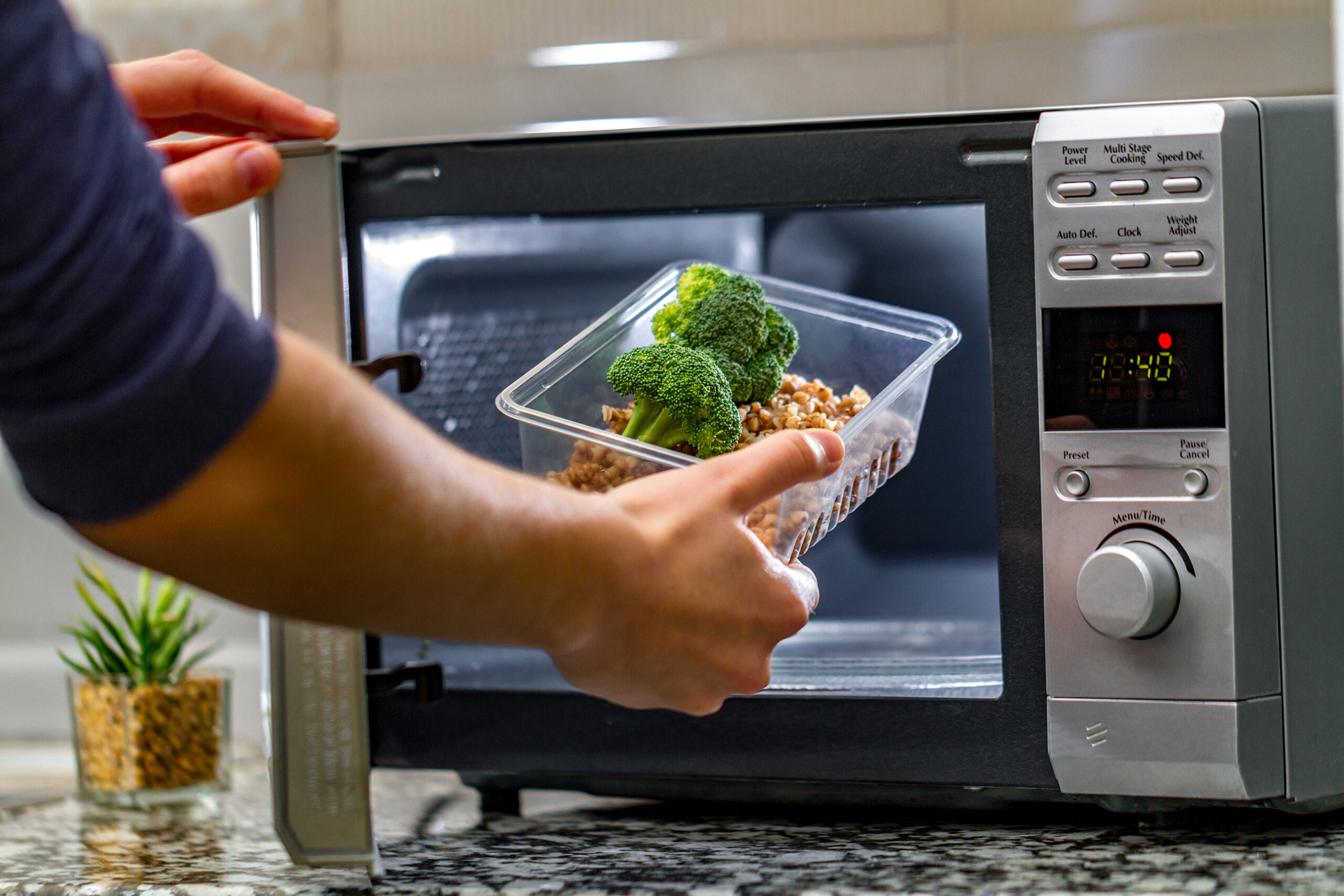Plastic wrap is a common kitchen staple used for covering food to keep it fresh or for reheating leftovers. But when it comes to microwaving, the safety of plastic wrap is a subject of concern for many home cooks. At TheKitchenApplianceDad.com, we prioritize your safety in the kitchen, and in this comprehensive guide, we’ll discuss the ins and outs of microwaving plastic wrap.
Microwaves heat food by causing water molecules to vibrate, creating heat through friction. Plastic wrap is often used in microwaving to retain moisture and promote even cooking. However, the interaction between microwaves and plastic can be complex.

Chemical Concerns: The primary concern with heating plastic wrap in a microwave is the potential for chemicals to leach into the food. Some plastics may contain substances like BPA or phthalates, which are controversial due to their potential health effects.
Melting Point: Plastic wraps vary in their heat tolerance. Some may melt at lower temperatures, potentially causing a mess or even contaminating your food.
FDA Regulations: In the United States, the Food and Drug Administration (FDA) regulates plastic wraps and containers that come into contact with food. If a plastic wrap is labeled as microwave-safe, it means it has been tested and approved by the FDA for such use.
Manufacturer’s Recommendations: Always follow the guidelines provided by the manufacturer. If the packaging states that the wrap is microwave-safe, it should not pose a health risk when used correctly.
To ensure your safety and the quality of your food when microwaving with plastic wrap, follow these best practices:
Only use plastic wrap that is clearly labeled as microwave-safe by the manufacturer.
To minimize the risk of chemicals leaching, the plastic wrap should not touch the food. Leave some space between the food and the wrap.
Poke holes in the plastic wrap or leave one corner open to allow steam to escape. This prevents the build-up of steam and heat, reducing the risk of melting the plastic or causing a steam burn when uncovering.
Consider using alternatives like microwave-safe lids, wax paper, parchment paper, or a paper towel to cover your food in the microwave.
When used correctly, microwave-safe plastic wrap can be a convenient tool for reheating food. However, it’s essential to handle it with care and follow all safety instructions to avoid any potential risks. For more valuable kitchen appliance insights and safety tips, continue to visit TheKitchenApplianceDad.com, where we help you use your kitchen appliances wisely and safely.

